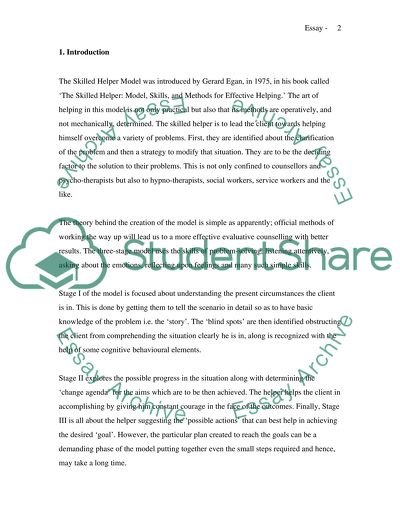Cite this document
(“Egans Three Stage Model Essay Example | Topics and Well Written Essays - 2250 words”, n.d.)
Retrieved from https://studentshare.org/psychology/1506909-egans-three-stage-model
Retrieved from https://studentshare.org/psychology/1506909-egans-three-stage-model
(Egans Three Stage Model Essay Example | Topics and Well Written Essays - 2250 Words)
https://studentshare.org/psychology/1506909-egans-three-stage-model.
https://studentshare.org/psychology/1506909-egans-three-stage-model.
“Egans Three Stage Model Essay Example | Topics and Well Written Essays - 2250 Words”, n.d. https://studentshare.org/psychology/1506909-egans-three-stage-model.


